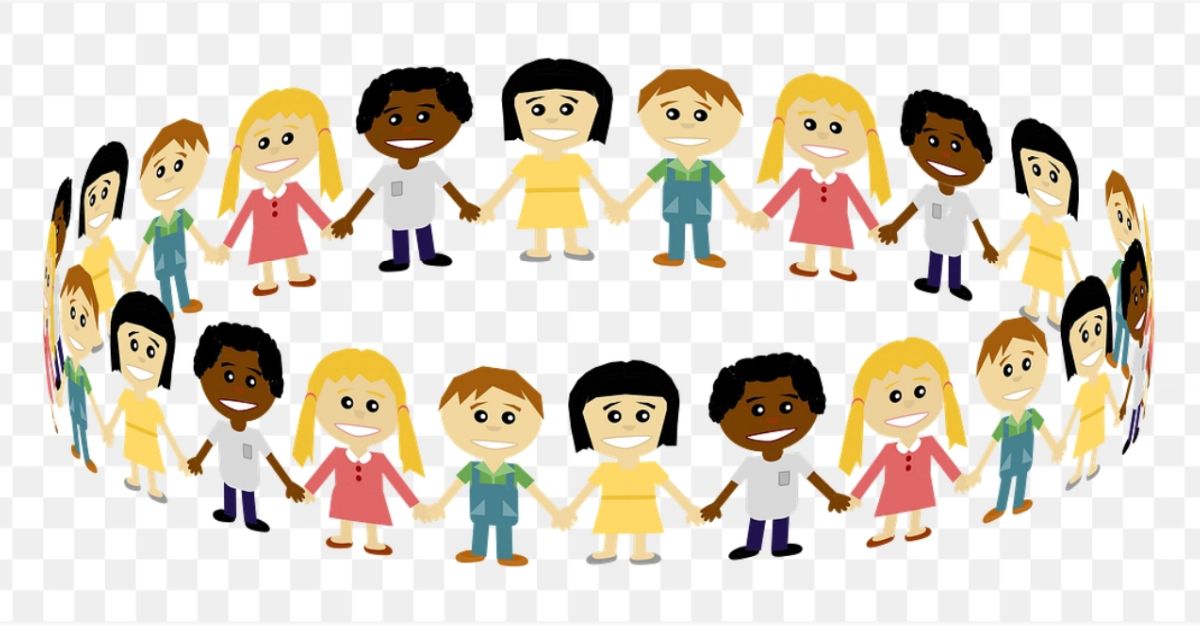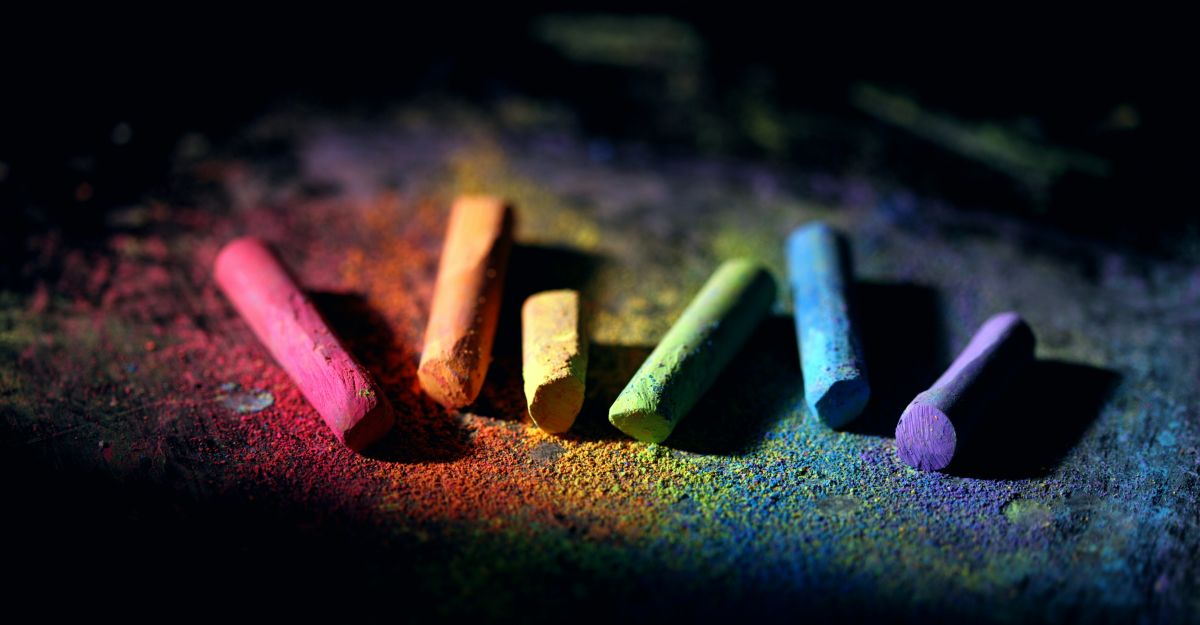WHAT IT FEELS LIKE TO GET RUSHED TO HOSPITAL… is one of several thousand YouTube videos from Australia’s most popular family vloggers, The Norris Nuts. Its thumbnail shows thirteen-year-old N lying in a hospital bed, a stuffed rabbit in one arm and an IV cannula in the other. She’s wearing an oxygen mask and heavily-logoed pyjamas from the Norris Nuts clothing line.
The vlog opens with the revelation N is unwell. While Dad Justin wonders whether she’s “faking it,” Mum Brooke takes a different tack, telling N: “You’re really sick,” “I’m bloody freaking out,” and — while waiting to be seen in Emergency — “That’s where my dad died, just over there.”
Very little happens during N’s brief hospital stay. She sleeps, coughs, and thanks the viewers for being “here with me while I’m sick.” At one point, she vomits off-screen while Justin films his grimacing reaction on the other side of the bathroom door. The remainder of the vlog is spent teasing the potential hospitalisation of N’s siblings. “Who’s gonna be the next Norris Nut in hospital?” Justin asks, “Will it be O? B? [They’re] maybe looking good now but could go down any time…” On-screen text reminds us to subscribe so that we “DON’T MISS THE NEXT VIDEO TO SEE WHO GOES TO HOSPITAL NEXT…”
The Norrises had their break in 2016 when eldest child, S, then a budding surfer, gave a hilarious interview to The Today Show about an upcoming competition. The interview went viral, and the family leveraged S’s fleeting fame to launch its YouTube channel. WHAT IT FEELS LIKE TO GET RUSHED TO HOSPITAL… is typical of Norris Nuts content, which sees the six Norris children partake in internet challenges, pull pranks, and embrace the chaos of family life, from holidays to health scares.
While it mightn’t be the first impulse of most parents of funny, charismatic children to upload their lives to YouTube, Brooke and Justin Norris are not alone. Social media “kidfluencing”, which encompasses family vlogging and related practices, is a multi-billion-dollar industry. For the right families, it can be lucrative. After YouTube takes its cut, creators earn an estimated $15 to $45 AUD in ad revenue for every thousand views. The Norrises’ vlogs have amassed over two billion views, and the Bondi-based family is now worth over $30 million AUD.
Long-time viewers have been privy to the unveiling of dream houses, apartments, and cars, and accompanied the Norrises on numerous holidays. Formerly the family’s sole breadwinner, Justin sold his business in 2020, the same year the channel reached five million subscribers. The sale marked a shift to complete financial dependence on the Norris Nuts brand — that is, on the children.
In an average week, the Norrises post five vlogs, each twenty to sixty minutes long, with supplementary content on Instagram and TikTok. On the film set that is the family home, a child’s illness is less a barrier to vlogging than a ready-made storyline and a holiday, rather than being a chance to switch off, is a premium engagement opportunity. Undeniably, the Norris children are working. As lawyer and former child star Sheila Kuehl argues: “It’s not play if you’re making money off it.”
However, while children in film and TV are subject to legal protections governing their working hours, on-set conditions, and management of earnings, Australia’s child labour laws don’t extend to the work of influencing. There’s no impartial third party concerned with the wellbeing of underage influencers like the Norrises, and parents are legally entitled to one hundred per cent of their children’s earnings.
Hopes that the social media ban might affect family vloggers were dashed when it was announced that YouTube will be exempt from it. Even on platforms like Instagram, where the ban will apply, its ability to regulate accounts registered to parents but showcasing children remains uncertain. Enforcement will rest with the platforms themselves. Non-compliance will be met with fines for platforms, but not parents.
Unfortunately, platforms have already proven unscrupulous when it comes to enforcing their own child safety policies. YouTube’s guidelines advise against posting content featuring minors that is “filmed in private spaces,” “reveals personal details,” or “could draw undesired attention.” The Norris children are often shown in “private spaces” (N’s NightTime Routine & Bedroom Chat…) and their brand traffics in the revelation of intimate details (MY PERIOD… w/N from The Norris Nuts). As for “undesired attention”, vlogs like S’S FIRST COSMETIC ENHANCEMENT underscore the fact that, in the attention economy of the internet, all engagement, positive or negative, is good engagement.
Just as parents may struggle to prioritise their children’s privacy and wellbeing when household income is at stake, platforms can’t be relied on to exclude their most profitable creators. With child-focused content attracting triple the views, it seems unlikely that a ban for under-16s will be rigorously enforced — especially if fines pale in comparison to profits. That said, the current discourse surrounding the ban presents an opportunity to introduce practical legal safeguards for the children most susceptible to social media’s harms.
Australia should take cues from Illinois and France, both of which have recently enacted legislation to protect underage influencers. In Illinois, any child whose name, image, or likeness appears in monetised content is guaranteed a share of the earnings. France goes further: at a child’s direct request, platforms are required to remove any content in which they feature, regardless of parental consent.
For all the trite, alarmist laments that three times as many children want to be influencers as astronauts, the fact is that countless Australian children are already engaged in the work of influencing — yet they remain unprotected by our outdated child labour laws. Regardless of its overall merits, the government’s social media ban presents a vital opportunity to introduce legal protections for the children who have become their families’ breadwinners.



